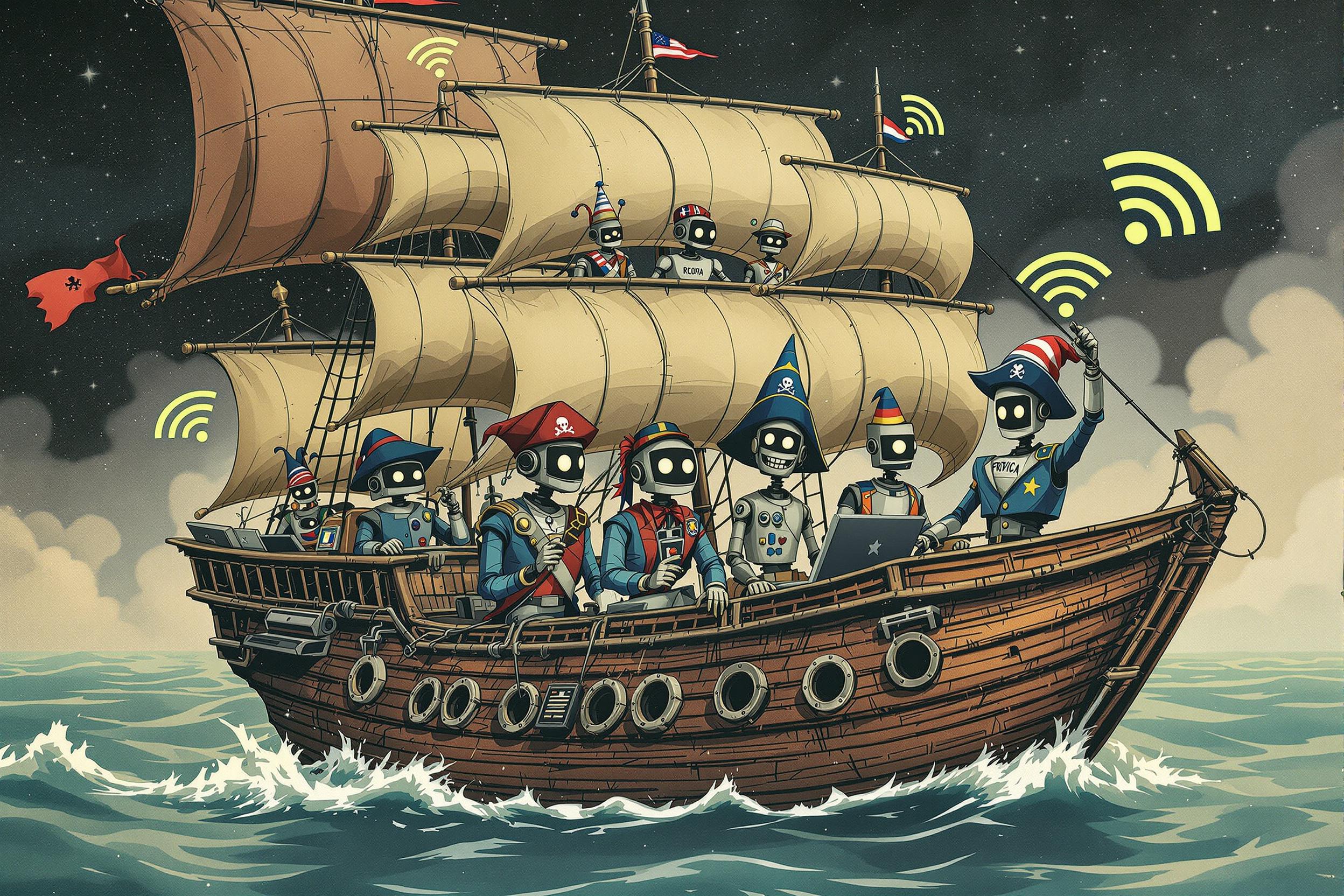
Ken Burns Effect
The Ken Burns Effect is a popular video editing technique where still images are slowly zoomed and panned across to create engaging visual motion in videos or presentations. Named after filmmaker Ken Burns, who popularized this style in his documentaries, it's a way to make static photos feel more dynamic and interesting. This technique is commonly used in documentaries, promotional videos, and presentations when working with historical photos or any still images. When you see this term in a resume, it indicates that the candidate knows how to create professional-looking video content from static images.
Examples in Resumes
Created compelling documentary-style videos using Ken Burns Effect for corporate history presentations
Applied Ken Burns techniques to enhance photo montages in wedding videos
Utilized Ken Burns Effect and Ken Burns Style animation to bring archival photographs to life in museum installations
Typical job title: "Video Editors"
Also try searching for:
Where to Find Video Editors
Professional Networks
Learning Resources
Job Boards
Example Interview Questions
Senior Level Questions
Q: How do you determine the appropriate timing and movement for Ken Burns Effects in different types of projects?
Expected Answer: A senior editor should discuss how they adapt the speed and direction of movement based on the content's mood, purpose, and duration. They should mention considering factors like music timing, narrative pacing, and audience engagement.
Q: How do you handle high-resolution photos when applying Ken Burns Effects to ensure the best quality?
Expected Answer: The answer should cover understanding of image resolution requirements, proper scaling techniques, and how to maintain image quality while zooming without pixelation.
Mid Level Questions
Q: What software do you use to create Ken Burns Effects, and what are the advantages of each?
Expected Answer: Should be able to compare different editing software (like Adobe Premiere, Final Cut Pro, or PowerPoint) and explain which works best for different project types.
Q: How do you choose which parts of an image to focus on when creating Ken Burns movements?
Expected Answer: Should explain how they analyze images for points of interest, consider storytelling aspects, and plan movement paths that enhance the narrative.
Junior Level Questions
Q: Can you explain what the Ken Burns Effect is and when you might use it?
Expected Answer: Should be able to explain that it's a slow pan and zoom effect on still images to create motion, and describe basic use cases like documentaries or presentations.
Q: What are the basic parameters you can adjust when creating a Ken Burns Effect?
Expected Answer: Should mention start and end positions, zoom levels, duration, and movement speed as key adjustable elements.
Experience Level Indicators
Junior (0-2 years)
- Basic photo pan and zoom effects
- Simple timing adjustments
- Working with common editing software
- Basic image preparation
Mid (2-5 years)
- Complex movement patterns
- Timing with music and narration
- High-resolution image handling
- Multiple software proficiency
Senior (5+ years)
- Advanced motion design
- Project workflow optimization
- Training and team leadership
- Creative direction expertise
Red Flags to Watch For
- No understanding of basic animation principles
- Lack of experience with professional editing software
- Poor attention to timing and pacing
- No knowledge of image resolution requirements
Related Terms
Need more hiring wisdom? Check these out...

Unlock Hidden Talent: How Internal Rotation Programs Spark Career Exploration and Boost Retention

From Boomers to Zoomers: Unlocking Organizational Wisdom through Cross-Generational Mentoring

Who’s Really Running Your Interviews? How to Reduce Bias in Remote Hiring

